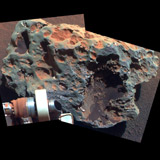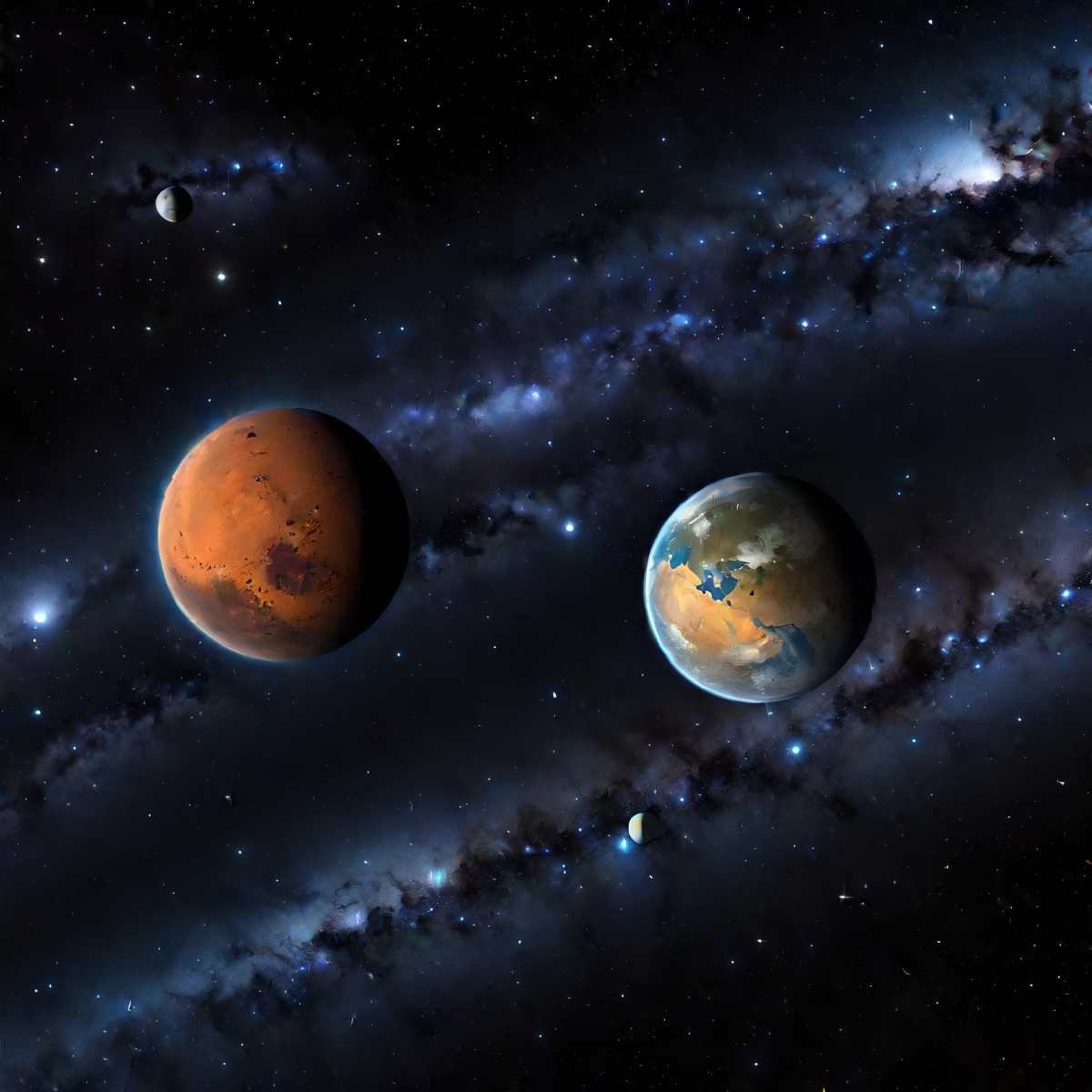
The largest martian meteorite found so far poses a conundrum. Analyses of the 60-centimeter-diameter space rock dubbed “Block Island” and discovered by NASA’s Opportunity rover on 1 August show that it’s composed of iron and nickel, just like many meteorites found on Earth. But, because Mars’s atmosphere is much thinner than Earth’s, the meteorite should have hit the ground at very high speeds, shattering upon impact. One idea is that Block Island struck the planet billions of years ago, when the atmosphere was thicker. But if that were the case, the rock should have been buried by sandstorms by now. Alternatively, the meteorite may have hit much more recently, though that would require a more recent thickening of the martian atmosphere, possibly via undiscovered reserves of carbon dioxide that occasionally emanate from the surface. (Image: NASA/JPL-Caltech/Cornell University)

